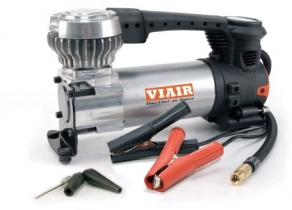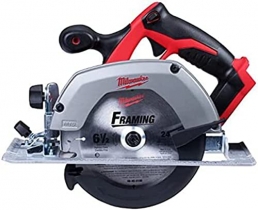-
Welcome to Tacoma World!
You are currently viewing as a guest! To get full-access, you need to register for a FREE account.
As a registered member, you’ll be able to:- Participate in all Tacoma discussion topics
- Communicate privately with other Tacoma owners from around the world
- Post your own photos in our Members Gallery
- Access all special features of the site
Tutorial: change or lube your wheel bearings.
Discussion in '1st Gen. Tacomas (1995-2004)' started by bobwilson1977, Oct 22, 2009.


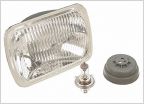 Headlights for '96 Tacoma
Headlights for '96 Tacoma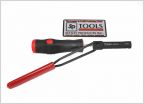 Schley 88250 replacement?
Schley 88250 replacement?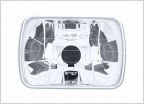 97 Tacoma head light change
97 Tacoma head light change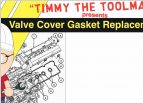 Valve cover gasket "While I'm at it", What else?
Valve cover gasket "While I'm at it", What else?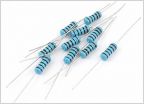 Weird LED map/dome light issue
Weird LED map/dome light issue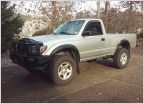 First Gen suspension choices
First Gen suspension choices





